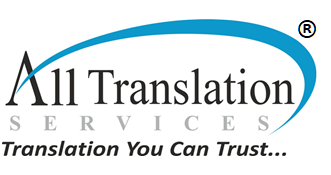What are the various modern techniques of translation?
Translation, at its most basic level, is the process of transferring the meaning of a written document from one language to another. While the translator will use just one approach for the entire document, individual words and phrases can be translated using a variety of ways. The translator may accurately transmit each language piece by carefully selecting the appropriate approach.
Translators use various techniques which dwarf the old methods of translation. You can avail yourself of many different devices and software which makes translation easier. Moreover, over the past few years, translation has become more accurate and famous as well. Hence, this article explores the various modern techniques of translation that translators use nowadays.
The Modern Techniques of Translation
Translating articles gives you a boost in your business. You can acquire a higher satisfaction level with your customers. This creates a bond between your customers and your company’s brand value. Hence, you can turn more customers into loyal purchasers. However, to do this effectively, you have to market appropriately. Translating your marketing strategy and promoting your content in the local language helps a lot. This creates a sense of relatability with your customers.
Nowadays, you can accomplish this with ease. Several businesses already use translation techniques and devices to appease the masses of their target audience. Hence, you can apply these techniques to gain an advantage over your competitors. Here are some of the few translation techniques you can use.
Borrowing
Borrowing occurs when you transfer words or phrases from the original text directly to the local dialect. When there is no counterpart in the target language, such as food or clothes, translators use this strategy frequently to retain the cultural environment of the source material.
Borrowed words abound in English, and many of them are becoming part of the everyday lexicon. Italics are frequently used when a borrowed term has not yet gained widespread acceptance.
Literal Translation
Each word is directly translated when literal translation is used. The translation must be colloquial and follow the original text’s word order, meaning, and style.
This approach is only viable with highly close languages and cultures, and it might overlook the intricacies of the source text.
Transposition
The term “transposition” refers to a transition from one grammatical system to another while maintaining the meaning. This strategy is frequently required when translating across languages with different grammatical systems. This is a form of indirect translation. This technique of translation can accurately convey the message of the source text better than any other technique. Hence, you can rely on this technique to deliver the best result.
Modulation
This entails shifting your viewpoint and altering what you’ve produced in order to communicate the same notion while keeping the meaning intact. This ensures that translators translate the material in a manner that follows the organic characteristics of the local dialect.
Hence, these are the various modern techniques translators use in translating their content. However, please do keep in mind not to change the inherent meaning of the local dialect. The more in tune you are with your customers, the larger your company will grow.
